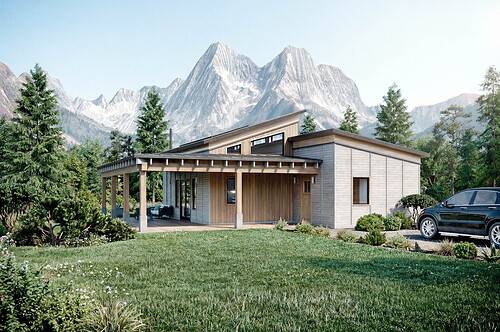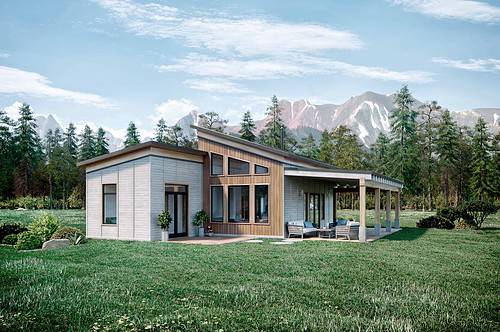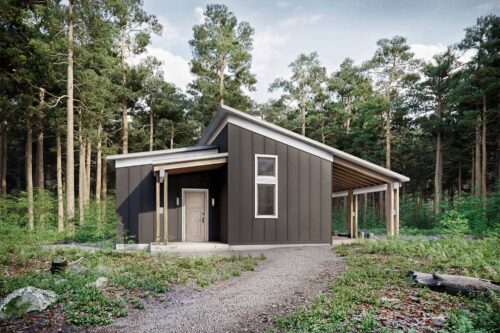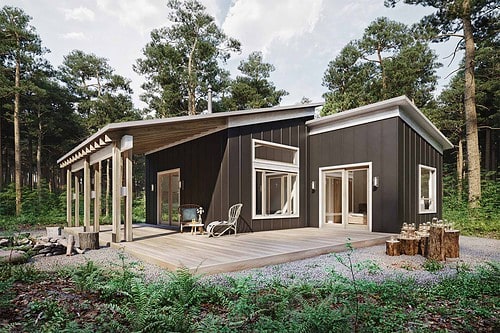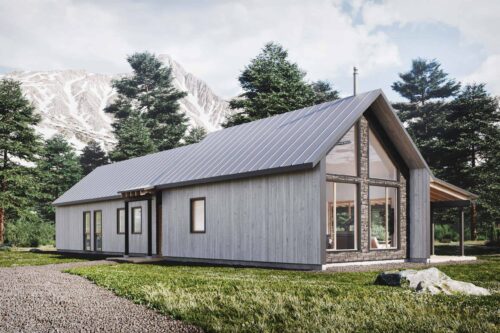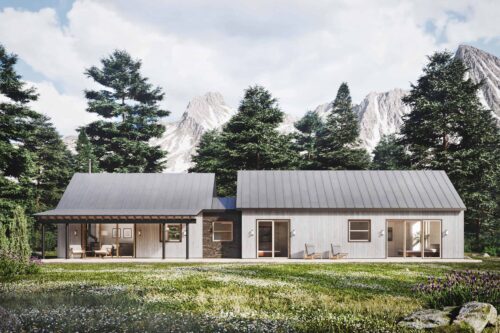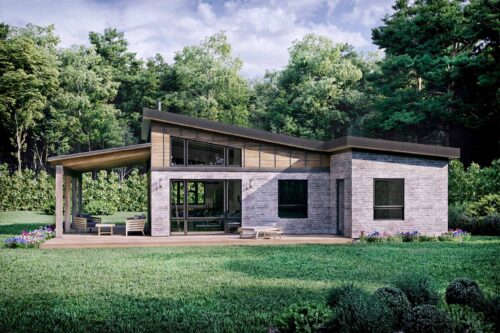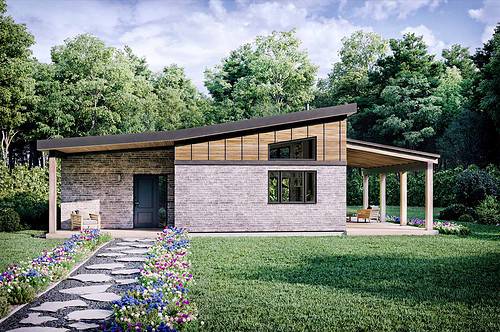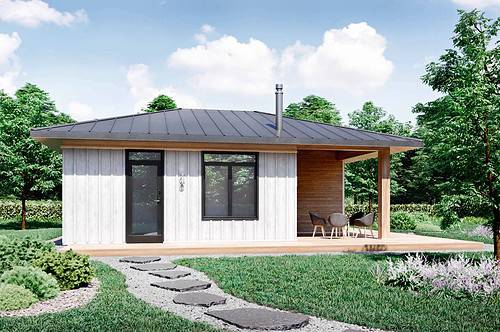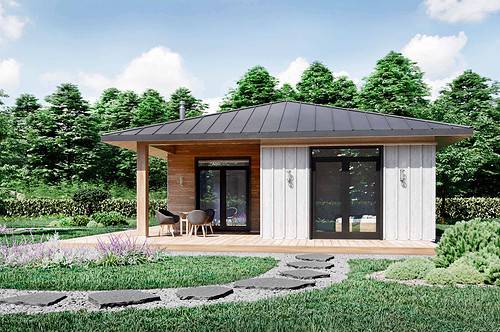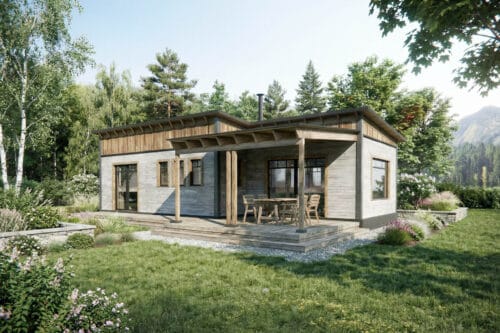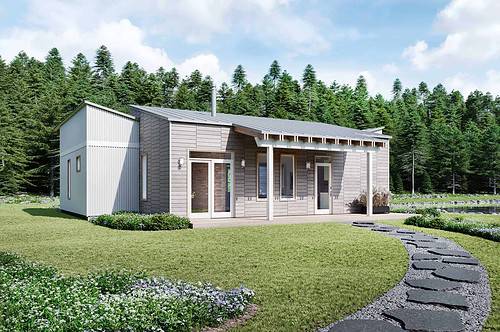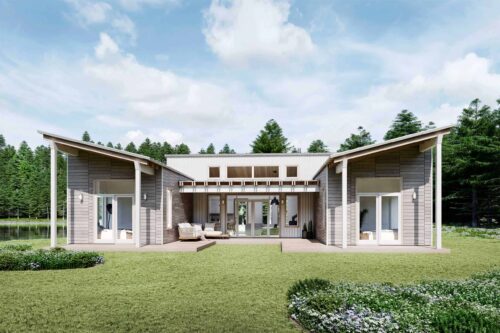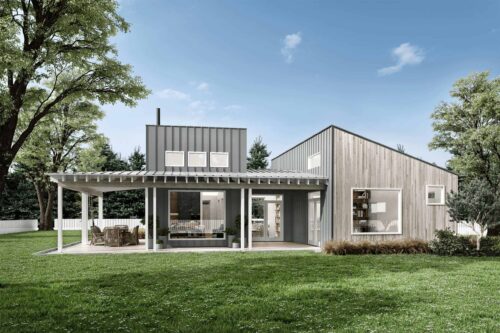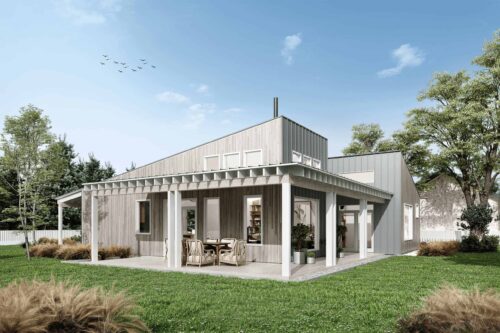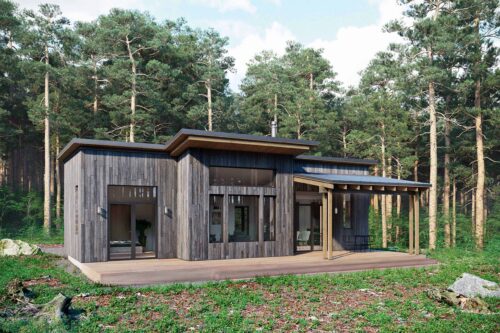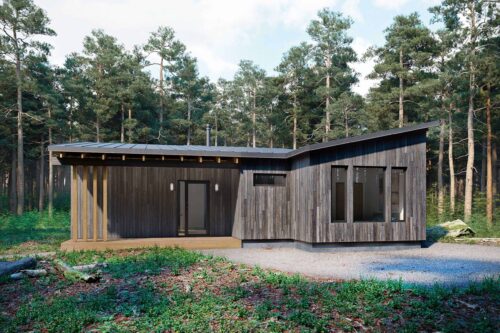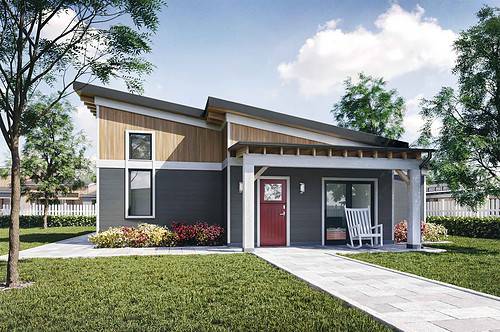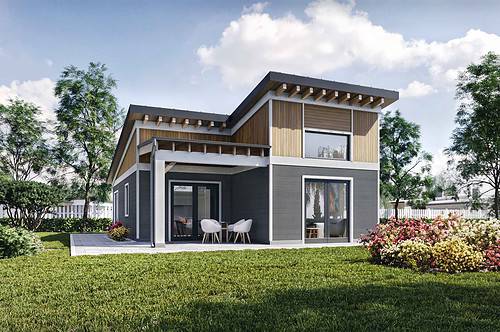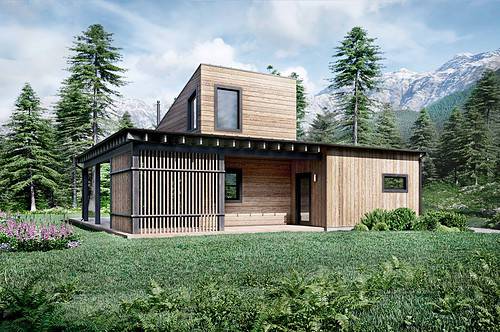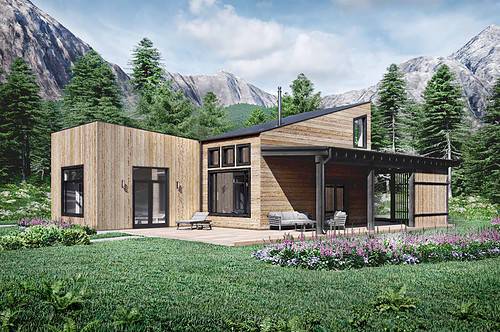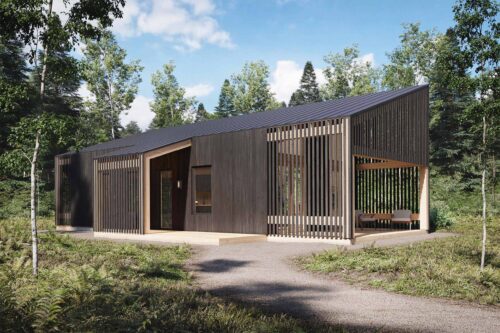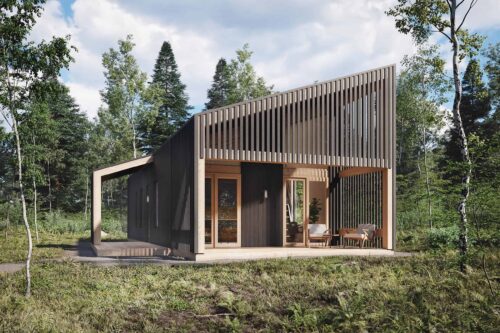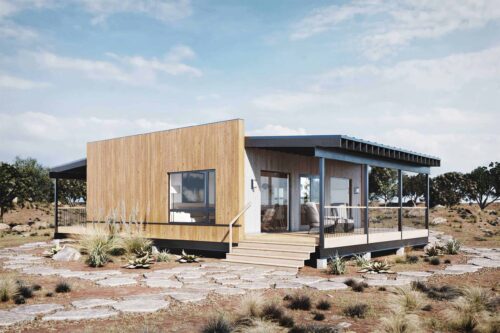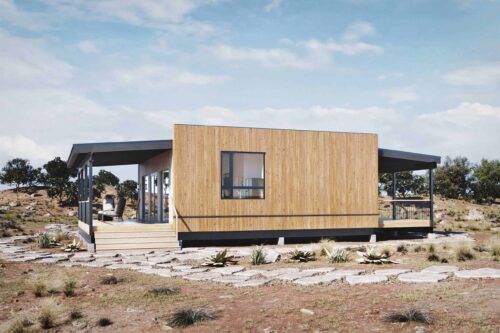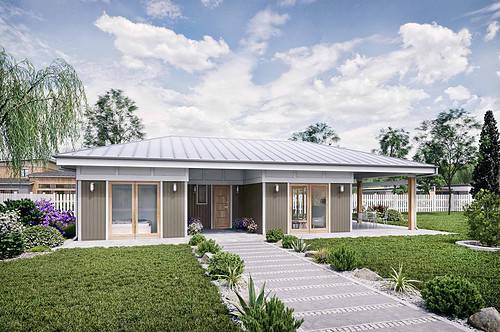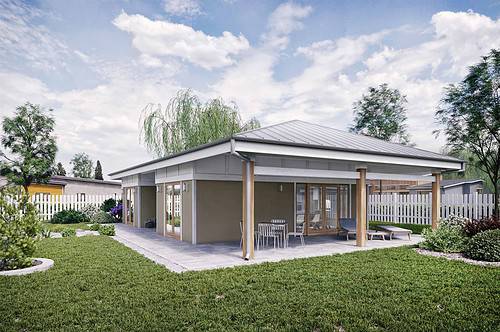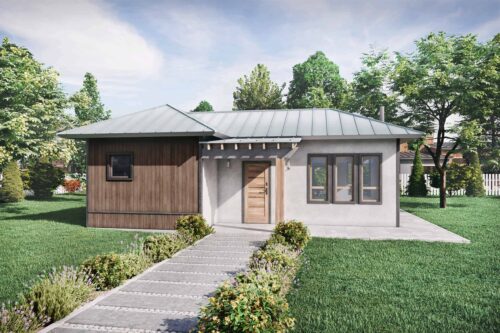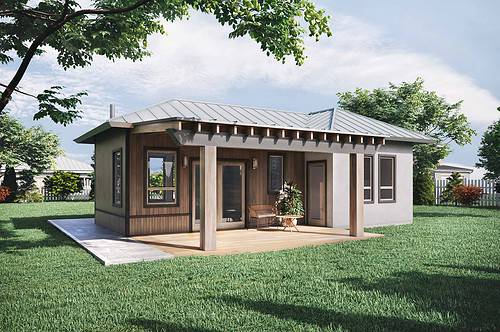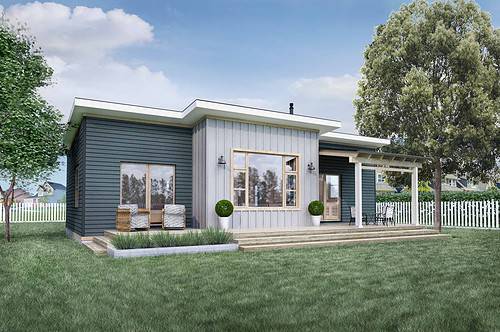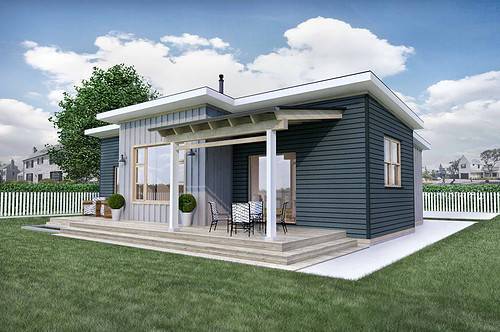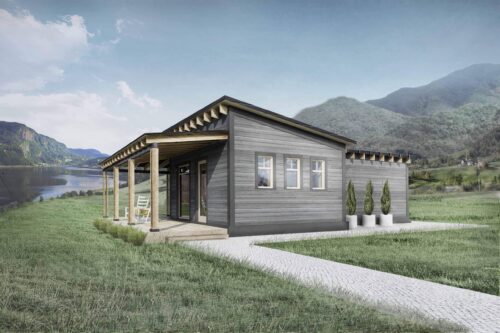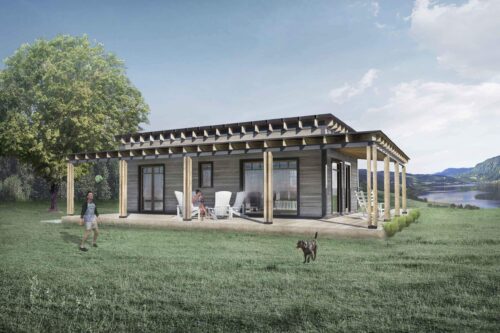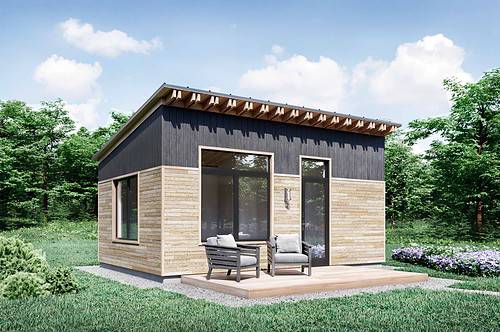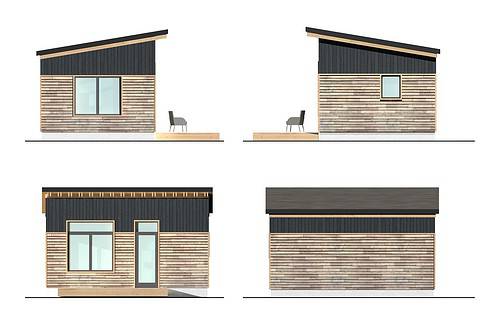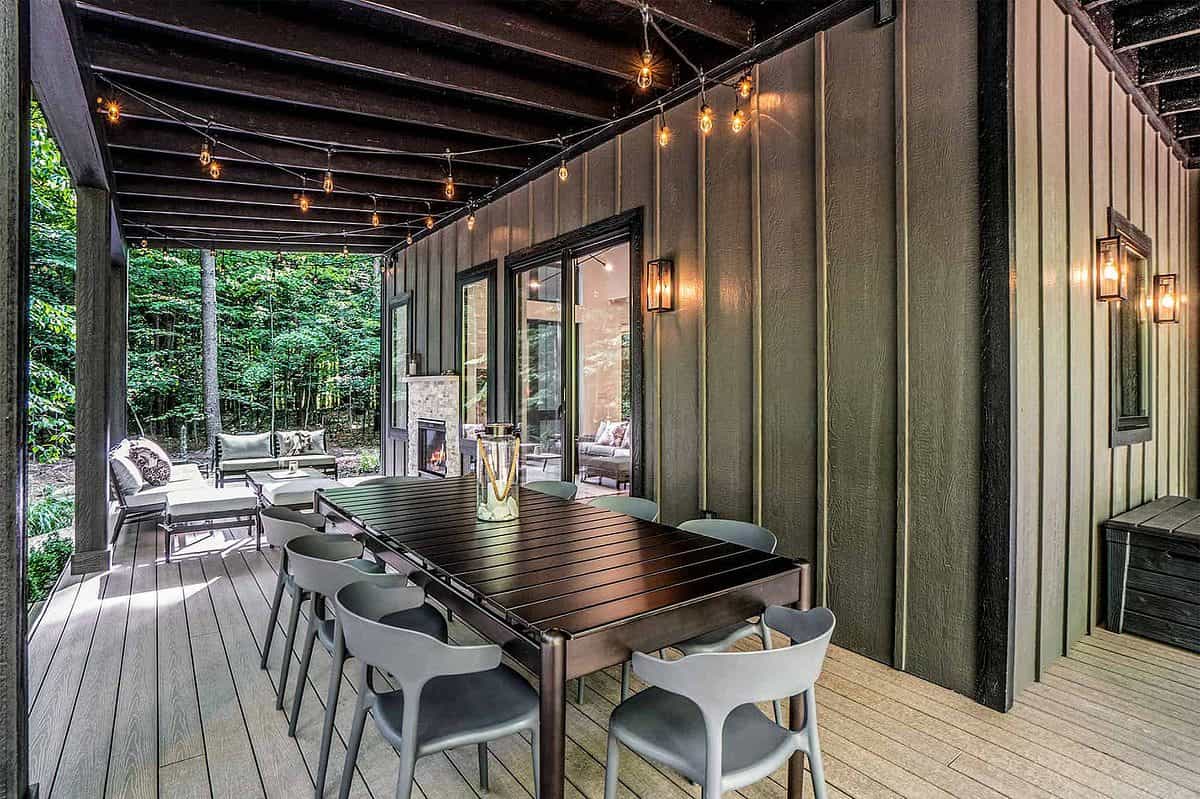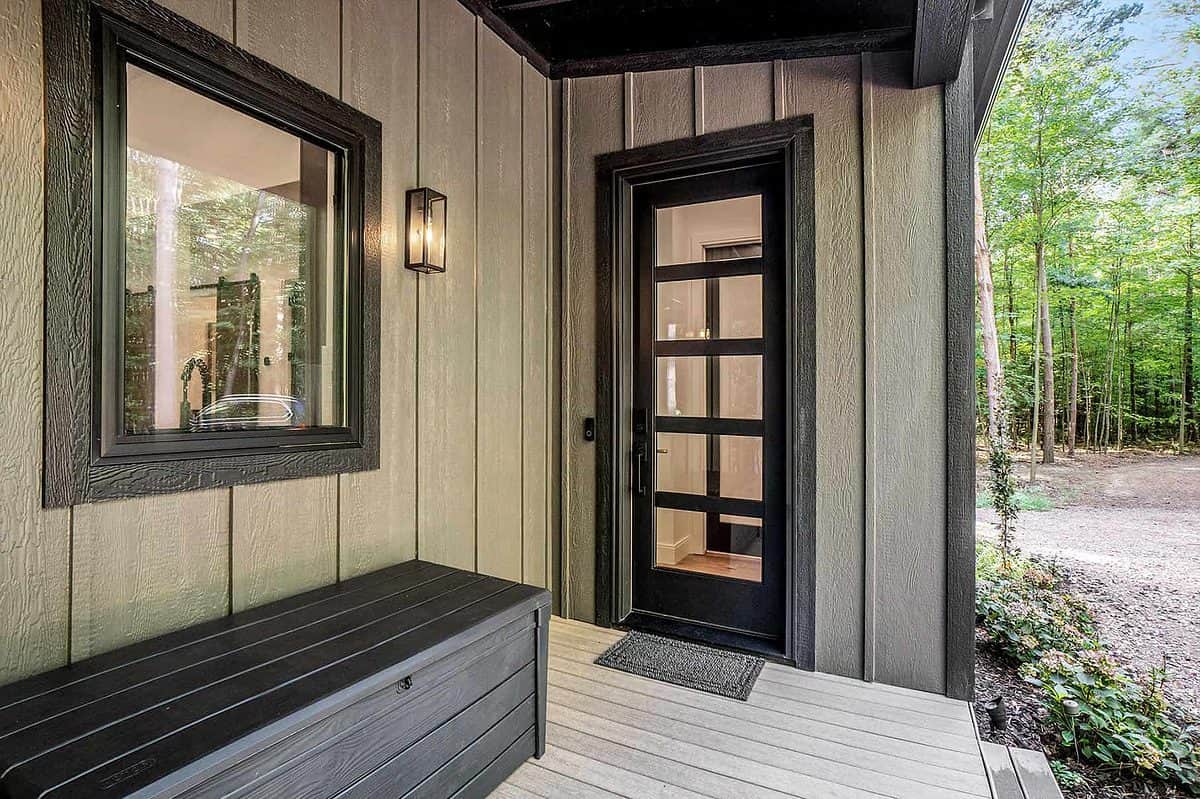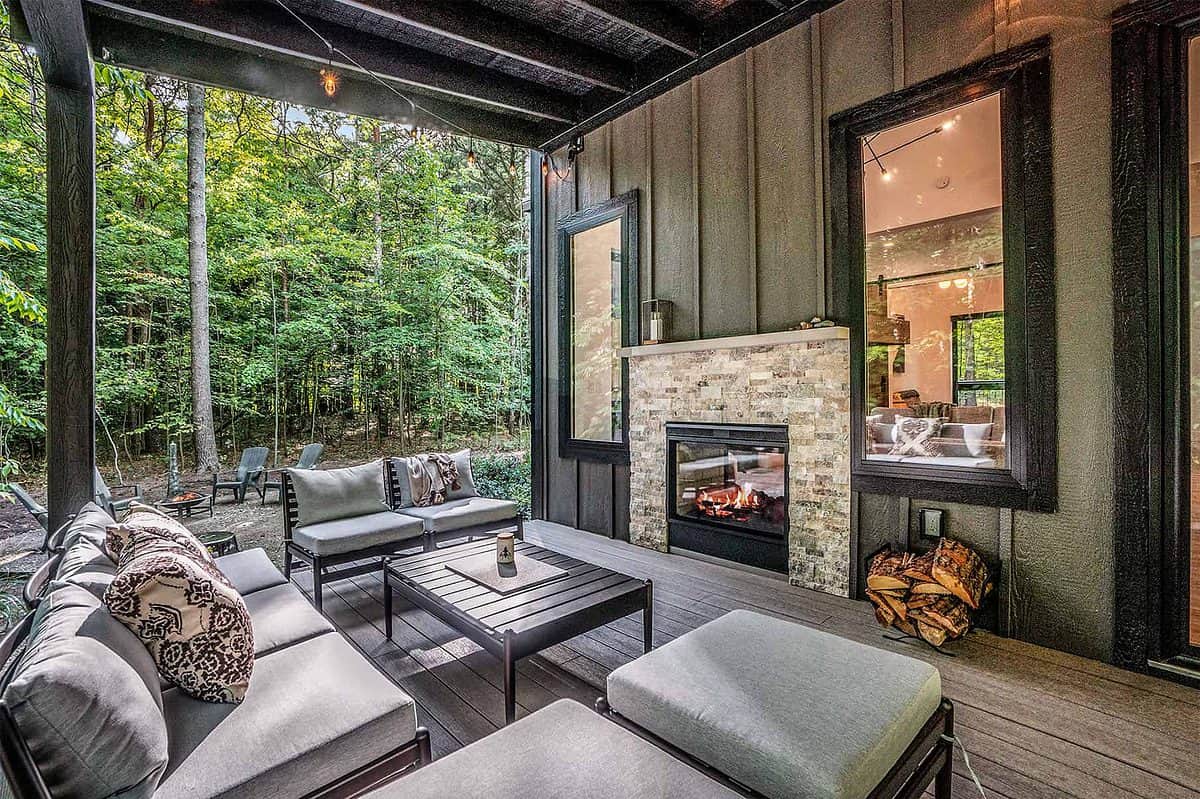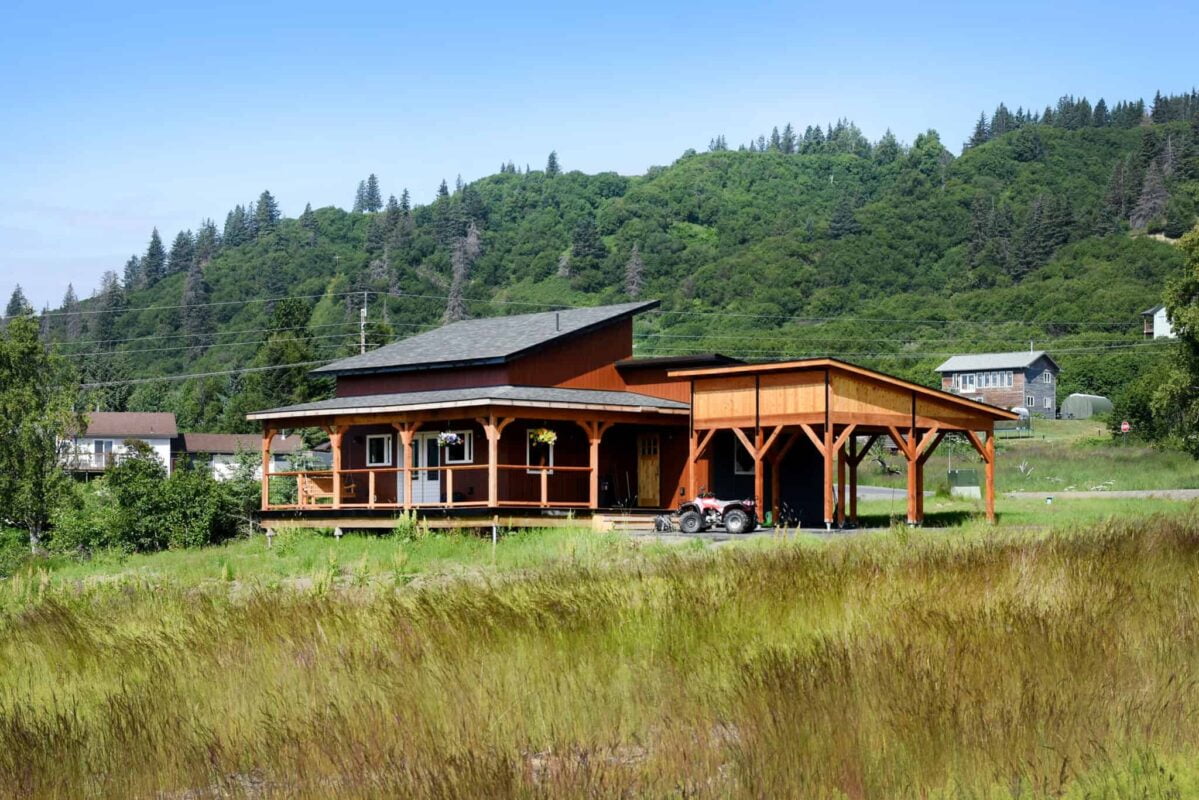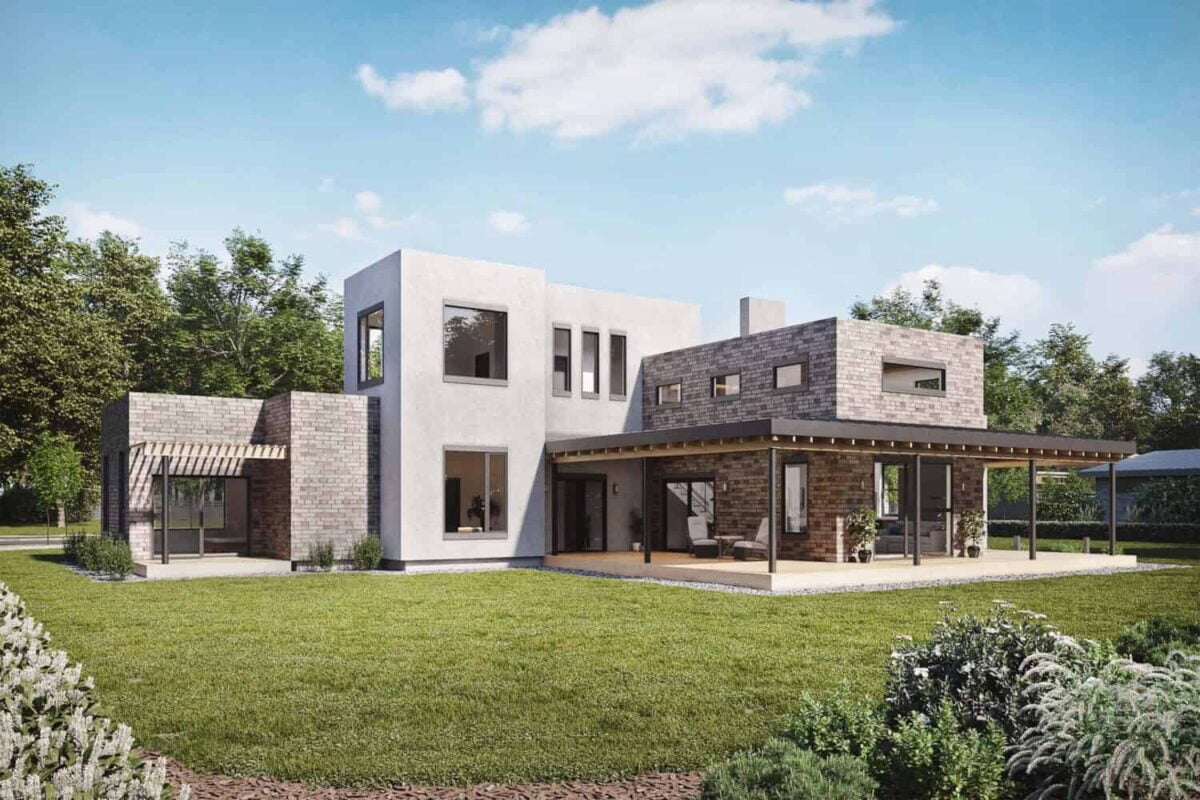No products in the cart.
Natural Light and Ventilation
Natural light and ventilation are crucial factors in achieving a perfect balance in a 2400 sq ft house plan. Adequate natural light not only enhances the aesthetic appeal of a home, but it also plays a significant role in providing a healthy living environment. Natural light is essential for maintaining proper circadian rhythms and can help to reduce energy costs by reducing the need for artificial lighting during the day. Proper ventilation is also essential for maintaining indoor air quality and reducing the risk of mold and mildew.
To maximize natural light and ventilation, design the house with a lot of windows. Large windows can be placed in strategic locations to maximize the amount of natural light that enters the home. Skylights can also be used to bring natural light into areas that are not typically exposed to direct sunlight.
Another way you can achieve this is by ensuring that the house design features a lot of outdoor living spaces. Outdoor living spaces, such as porches, decks, and patios, can be used to bring natural light and fresh air into the home. These spaces can also be designed with features such as operable windows and sliding doors to increase the flow of natural light and ventilation.
Examples of house plans that effectively incorporate natural light and ventilation include:
- A three-bedroom, two-bathroom plan with a lot of large windows and skylights that allow natural light to flood the home.
- A four-bedroom, three-bathroom plan with a large outdoor living space that includes operable windows and sliding doors to increase the flow of natural light and ventilation.
- A two-bedroom, two-bathroom plan with a unique design that maximizes natural light and ventilation through the use of clerestory windows and a courtyard.
Never play down the role that natural light and ventilation play in achieving a perfect balance in any house design, a 2400 sq ft house plan inclusive. Creatively incorporate design elements that maximize natural light and ventilation, you’ll easily to create a comfortable, healthy, and visually appealing living space.
Energy Efficiency
Energy efficiency is an important factor to consider when designing a 2400 sq ft house plan. An energy-efficient home can help to reduce energy costs, improve indoor air quality, and reduce the home’s environmental impact. There are many ways to incorporate energy-efficient features into a 2400 sq ft house plan, such as:
- Insulation: Proper insulation is essential for keeping a home warm in the winter and cool in the summer. This can be achieved through the use of insulation materials such as fiberglass, cellulose, and spray foam.
- Windows and doors: Energy-efficient windows and doors can help to reduce heat loss and gain, which can lower energy costs. This can be achieved through the use of double or triple-paned windows and low-E coatings.
- Heating and cooling systems: Energy-efficient heating and cooling systems, such as geothermal systems or heat pumps, can help to reduce energy costs and improve indoor air quality.
- Lighting: Energy-efficient lighting, such as LED or CFL bulbs, can help to reduce energy costs and improve indoor air quality.
- Solar panels: Solar panels can be used to generate electricity for the home, which can help to reduce energy costs and improve indoor air quality.
Below are some examples of energy-efficient 2400 sq ft house plans:
- A three-bedroom, two-bathroom plan with high-efficiency insulation, energy-efficient windows and doors, and a geothermal heating and cooling system.
- A four-bedroom, three-bathroom plan with solar panels, energy-efficient lighting, and an efficient heating and cooling system.
- A two-bedroom, two-bathroom plan with high-efficiency insulation, energy-efficient windows and doors, and an energy-efficient heating and cooling system.



